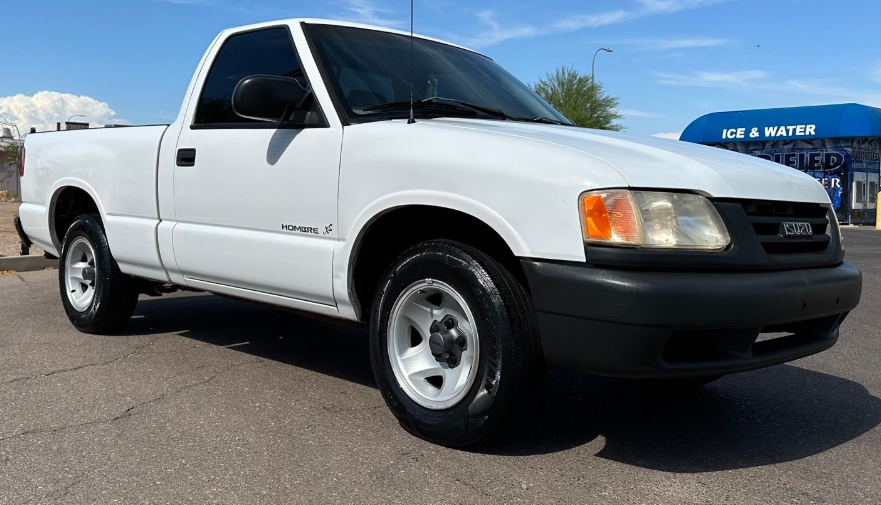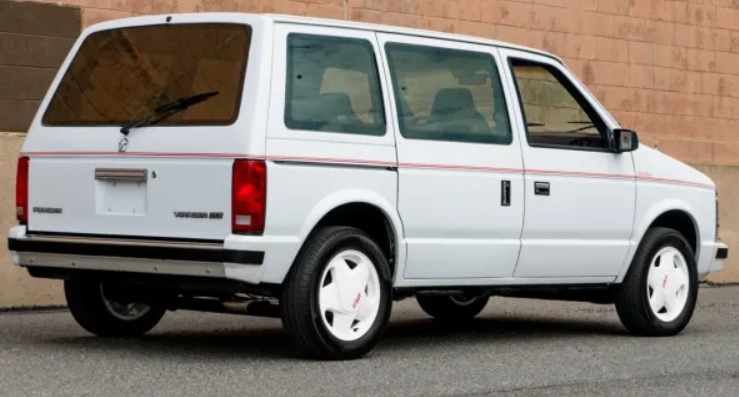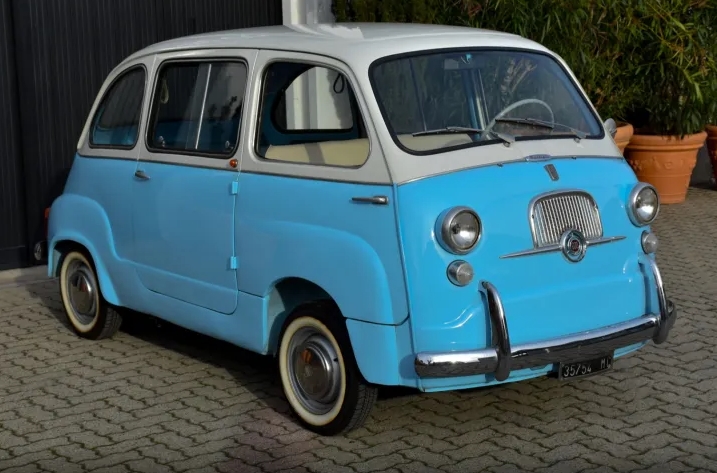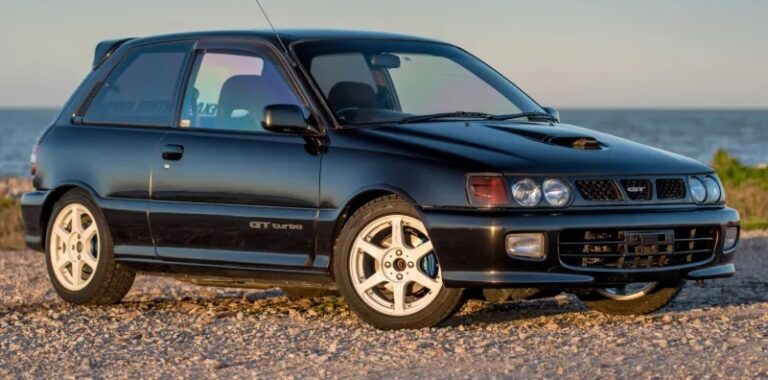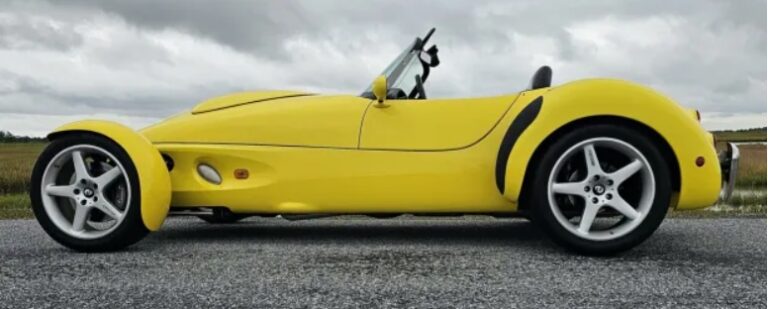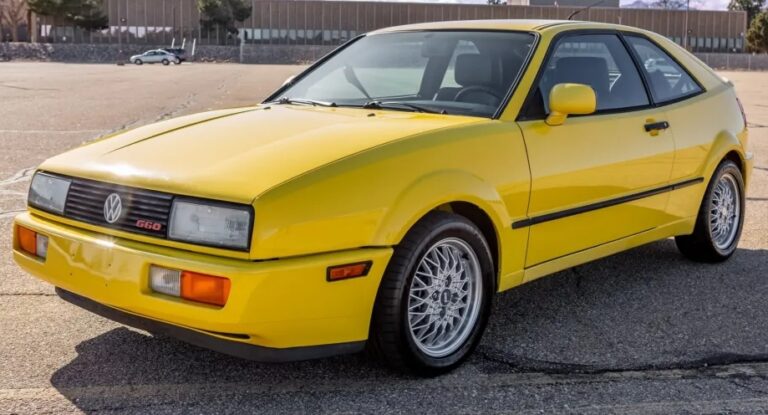The Evolution of the Isuzu Hombre
The Isuzu Hombre is a compact pickup truck that holds a unique place in automotive history as a versatile and practical vehicle designed primarily for the North American market. Manufactured during the late 1990s and early 2000s, the Hombre was a collaborative effort between Isuzu and General Motors (GM), sharing its platform with the Chevrolet S-10 and GMC Sonoma. This article provides a detailed, factual account of the Hombre’s evolution, including its production years, model variations, trim levels, and notable features.
Origins and Introduction (1996-2000)
Development and Market Positioning
The Isuzu Hombre was introduced in 1996 as a compact pickup aimed at consumers seeking a durable, no-nonsense truck with a reputation for reliability. It was part of GM’s global strategy to diversify its small truck offerings and capitalize on the popularity of compact pickups, which were gaining traction in North America during the 1990s.
Manufacturing Details
The Hombre was assembled at GM’s Oklahoma City plant, sharing its chassis and body components with the Chevrolet S-10 and GMC Sonoma. Its design was distinct from its GM counterparts, maintaining Isuzu’s rugged, utilitarian aesthetic, but it shared many mechanical parts to reduce costs and streamline manufacturing.
Model and Trim Levels
Initially, the 1996 model year Hombre was offered in two primary trims:
- Base: The entry-level model, equipped with standard features focused on practicality.
- S: A step-up trim offering additional features and options.
Throughout its production, the Hombre maintained a straightforward lineup, emphasizing function over luxury.
First Generation (1996–2000)
Design and Features
The first-generation Hombre featured a traditional compact pickup design, with a 2-door or 4-door cab configuration. The styling was boxy and utilitarian, aligning with Isuzu’s reputation for durable, work-oriented vehicles.
Engines and Performance
The Hombre was powered by a 2.2-liter 4-cylinder engine (4ZD1), producing approximately 125 horsepower, paired with either a 5-speed manual or a 4-speed automatic transmission. The focus was on reliability and fuel economy rather than high performance.
Special Editions and Packages
During this period, Isuzu occasionally offered special packages, such as:
- Value Package: Including upgraded interior features.
- Utility Package: Enhancing cargo capacity and bed features.
Market Reception
The Hombre received positive feedback for its durability and straightforward design, making it popular among small business owners and consumers seeking a basic, reliable truck.
Transition and Discontinuation (2000)
By 2000, the first-generation Hombre’s production was phased out as GM and Isuzu shifted focus toward more modern designs and updated platforms. The Hombre was discontinued after the 2000 model year, replaced in the lineup by newer models and variants.
.
THIS could come in handy for your auto garage (and everywhere else!).

.
The Hombre’s Legacy and Continuation (2000-2006)
Market Impact
Despite its relatively short production span, the Hombre established a reputation for toughness. Its simple mechanics and durable construction made it a favorite for fleet use and work-related applications.
Second Generation and Aftermath
Although the Hombre nameplate was discontinued after 2000, the platform itself continued in various forms within GM’s small truck lineup, especially as GM phased out the S-10 and Sonoma in favor of the Chevrolet Colorado and GMC Canyon, which arrived later.
Revival and Special Editions (2001–2006)
While the Hombre name was not revived, the platform and design philosophies persisted in other GM and Isuzu models. During this era, Isuzu focused more on commercial vehicles and SUVs, gradually reducing its presence in the pickup segment.
Limited Market Presence
In the early 2000s, the Hombre was largely absent from the market, with some remaining units sold into dealer inventories or used vehicle markets.
The End of the Line and Collectibility
Final Years (2006)
The Hombre’s production officially ended by 2006, as GM shifted away from compact pickups in North America, focusing instead on larger trucks and SUVs. The Hombre remains a collectible for enthusiasts interested in late-20th-century compact pickups, valued for its simplicity, durability, and role in Isuzu’s history.
Summary of Models and Trim Levels Over the Years
| Year | Model/Trim Levels | Notable Features |
|---|---|---|
| 1996 | Base, S | Basic interior, manual transmission options, 2.2L engine |
| 1997 | Base, S | Minor styling updates, availability of extended cab |
| 1998 | Base, S | Introduction of optional packages, improved interior features |
| 1999 | Base, S | Standardization of safety features like dual airbags |
| 2000 | Base, S | Final production year, limited updates |
Notable Features and Specifications
- Engines: 2.2L 4-cylinder (4ZD1)
- Transmission: 5-speed manual, 4-speed automatic
- Drivetrain: Rear-wheel drive standard, optional 4WD
- Cargo Capacity: Typical payload capacity of around 1,200 lbs
- Interior: Basic instrumentation, optional air conditioning, and audio systems
- Safety: Dual front airbags introduced in later years
The Significance of the Isuzu Hombre
The Hombre’s significance lies in its role as a dependable, no-frills pickup that filled a niche for affordable, durable transportation. Its collaboration with GM allowed it to benefit from shared engineering while maintaining Isuzu’s distinct focus on robustness. Although it was produced for a relatively brief period, the Hombre left a lasting impression on enthusiasts who valued its simplicity and practicality.
Conclusion
The Isuzu Hombre, produced from 1996 to 2000, and briefly lingering in the used market until 2006, exemplifies the classic compact pickup’s utilitarian ethos. Its straightforward design, reliable performance, and affordability made it a practical choice for many users. While it never achieved the popularity of some of its GM counterparts, the Hombre remains a noteworthy chapter in the history of small trucks, embodying the qualities that made the compact pickup segment a staple in North American automotive culture.
